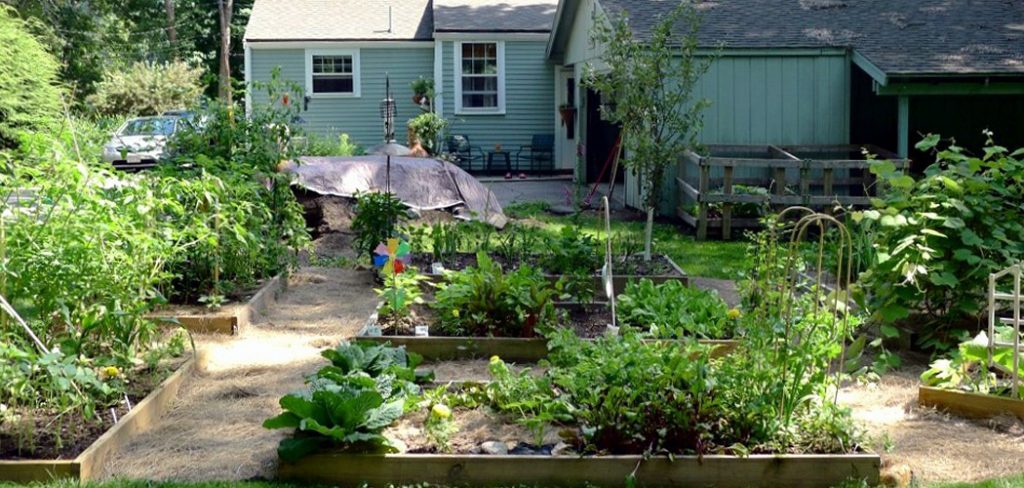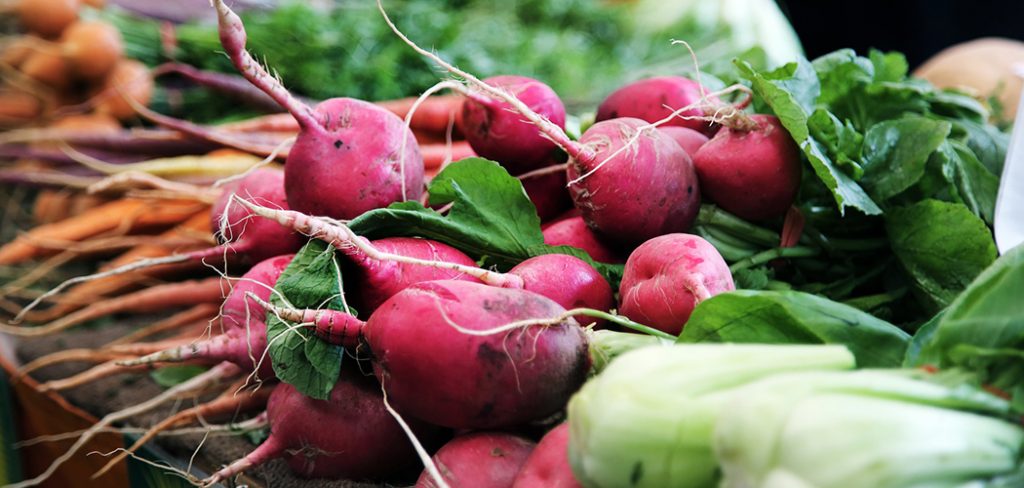This guide on how to grow cauliflower will help you get the gist of what you’ll be experiencing once you decide to plant one.
Wondering how to pass the time during quarantine? Growing a plant might be a good idea! It’s becoming a trend to raise one on your own, whether you have a backyard or live in a condo. And while you’re at it, you might also want to consider growing something a little more practical like vegetables or herbs. So that you won’t have to spend so much on produce every time you go to the market.
Cauliflower is one of the cruciferous vegetables that contains a lot of nutrients. Which help strengthen the body’s immune system and fight cancer and heart diseases.
There are various dishes you can make with cauliflower such as cauliflower rice, pasta, or a simple salad. Cauliflower can also be roasted and combined with different meats or veggies to produce healthy and delicious meals.
How to Grow Cauliflower in Pots
Not all of us have yards that we can use for planting crops, but don’t worry! The good news is that cauliflower can be planted in a pot. As long as your container is at least twelve inches wide and deep.
It takes patience to grow cauliflower as it’s very sensitive to temperature changes. Cauliflowers are generally a cool crop, so they need about 60ºF (15ºC) to produce full heads. Otherwise, if the temperature isn’t right, it might only produce buttons of cauliflower.
To make the experience easier for you, especially if you’re not that well-versed in gardening, you can opt to buy cauliflower seedlings instead of starting with the seeds. These can be found in plant nurseries around town, or you can just order them online.
After getting your seedlings, it’s time to find out how to grow cauliflower in pots.
If you haven’t already gotten your seedlings in a twelve-inch pot with draining holes, make sure you do so by carefully sliding it from the original pot to the new one without disturbing its roots. Your soil has to have a pH between 6.0 and 7.0, and it should also be moist and well-draining. If you live in an area with warmer climates, mulch can help keep your soil moist.
Once that’s done, all you have to do is make sure it’s watered regularly. Check it from time to time just to make sure your soil is not too wet or too dry.
Your cauliflower should also get six to eight hours of full sunlight daily. The good thing about growing it in a pot is that you can easily move it around so that it could be near your window or on your balcony – wherever it gets the most sunlight. If you live in a condo or apartment that doesn’t get much sunlight, you can also opt to buy grow lights to help your plant still get the amount of ‘sunlight’ it needs.
Check my other post on growing carrots.
Cauliflower Growing Stages
Now that you know how to grow cauliflower, it’s time to monitor its growth. Here are the cauliflower growing stages to keep you guided.
Because you already started with a seedling, seed germination, which is originally the first stage in cauliflower growth, has already happened before you even got your plant. Nevertheless, seed germination is the process of planting the seeds about ¼-inch deep into the soil and watching them closely until they develop into seedlings. It usually takes about eight to ten days for the seedlings to appear.
The next stage is transplanting. This is where the seedlings get removed from the seedling trays and transferred into pots or in the yard. At this stage, the seedlings grow bigger and form leaves. Feeding your plant with good fertilizer about once a month will help it grow well.
The third stage is harvesting. This is where your plant forms a flower bud or head. Unlike broccoli with multiple side shoots aside from the main head, a single cauliflower plant only produces one head with an average width of six to eight inches. This process takes about three and a half months from seed germination.
The last stage is flowering and seeding. If you want to have seeds to sow for the next season, you can leave the heads to form into flowers and wait for them to dry up and turn brown so that you can get the seeds.
Problems with Growing Cauliflower
There aren’t a lot of problems with growing cauliflower, although there is one quite common problem – cauliflower curding. This is when the plant produces several buttons instead of one full head.
A lot of things can cause this problem – the main one being temperature. Since cauliflower is a cool crop, warm temperatures can affect its growth greatly. It is recommended to plant cauliflower during the summer for a fall harvest so that it doesn’t suffer harsh temperature changes. Plus, summer-planted cauliflowers taste better.
Another problem that causes buttoning is the soil condition. If you’re going to plant it in the summer, make sure to water it more frequently as the soil always has to stay moist (but not soggy!). Liquid fertilizer and compost that is tilled well into the soil also help cauliflower grow better and develop fuller heads.
Growing cauliflower may not be the easiest thing to do, but it can be done even if you don’t have a ‘green thumb’. It would be a little challenging, but once you follow these steps and tips on how to grow cauliflower and see your seedlings finally produce heads, it would be one of the most fulfilling things to have accomplished in quarantine.
If you want to plant other crops while waiting for your cauliflower to be ready for harvest, just keep in mind that it wouldn’t be a good idea to go for tomatoes or strawberries as it would only harm both plants. You can consider other vegetables like spinach, celery, or onions, though. Herbs like rosemary and sage would also be a nice companion for your cauliflower plant.
Happy gardening! Check my other article on small vegetable gardening.

